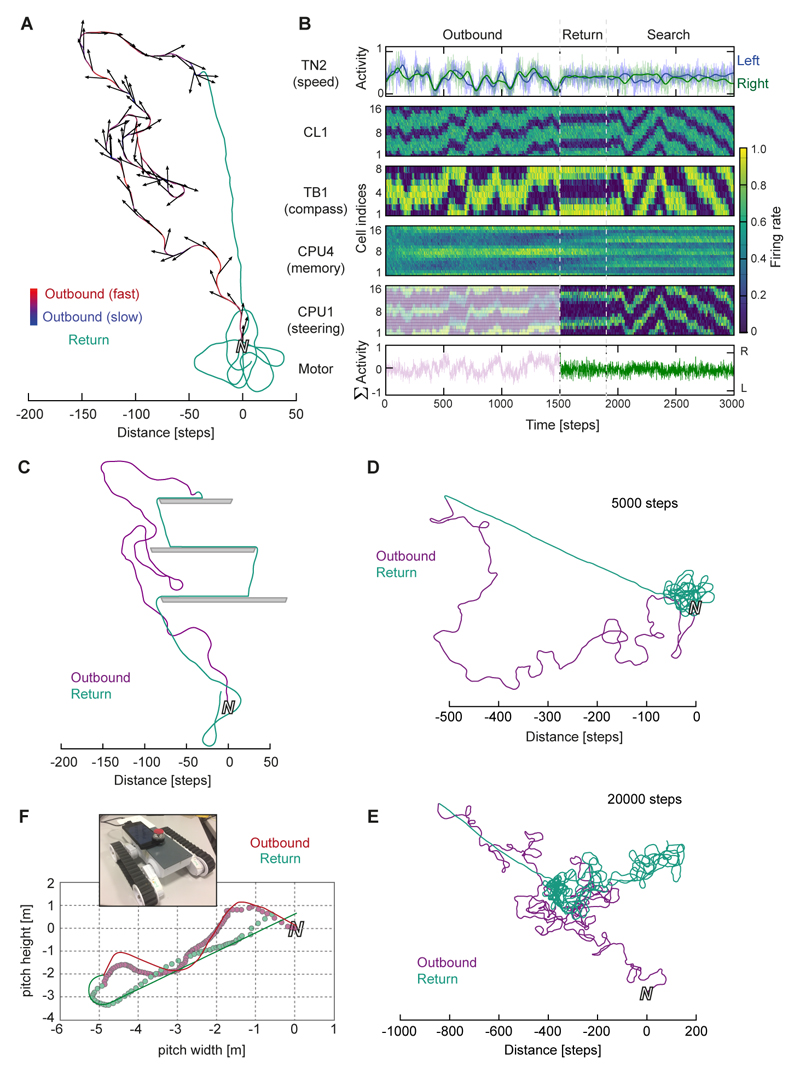Figure 6. The biologically constrained circuit successfully performs path integration.
(A) Example trace: The agent is driven on a random outbound journey (variable speed, 1500 steps), during which the circuit accumulates memory. For return, the steering cells guide the agent back to its origin. Close to the nest, the agent automatically initiates searching behavior, similar to path-integrating insects. (B) Activity of all neurons in the circuit over time during the trial in A. Each cell is represented by one line over time. Cells of the same type are arranged according to columnar identity, revealing activity bumps within the protocerebral bridge (PB). Neural noise: 10%; firing rate normalized to peak rate within each cell-type. Cell indices correspond to columns of the PB according to Figure 5A. (C) Same outbound route as in A, but obstacles present during homing. (D,E) Performance of the circuit during longer outbound journeys. After correct homing for up to 5000 step long outbound routes (D), the agent begins to undershoot during the inbound journey, while maintaining the correct heading, during longer runs (E). This indicates that memory capacity is exceeded during the outbound journey. (F) Example trace of robot path integration trial. Line: trajectory of the robot; circles: position estimate based on CPU4 neuron readout. Inset: Robotic platform for circuit implementation. See also Figure S6,S7.

